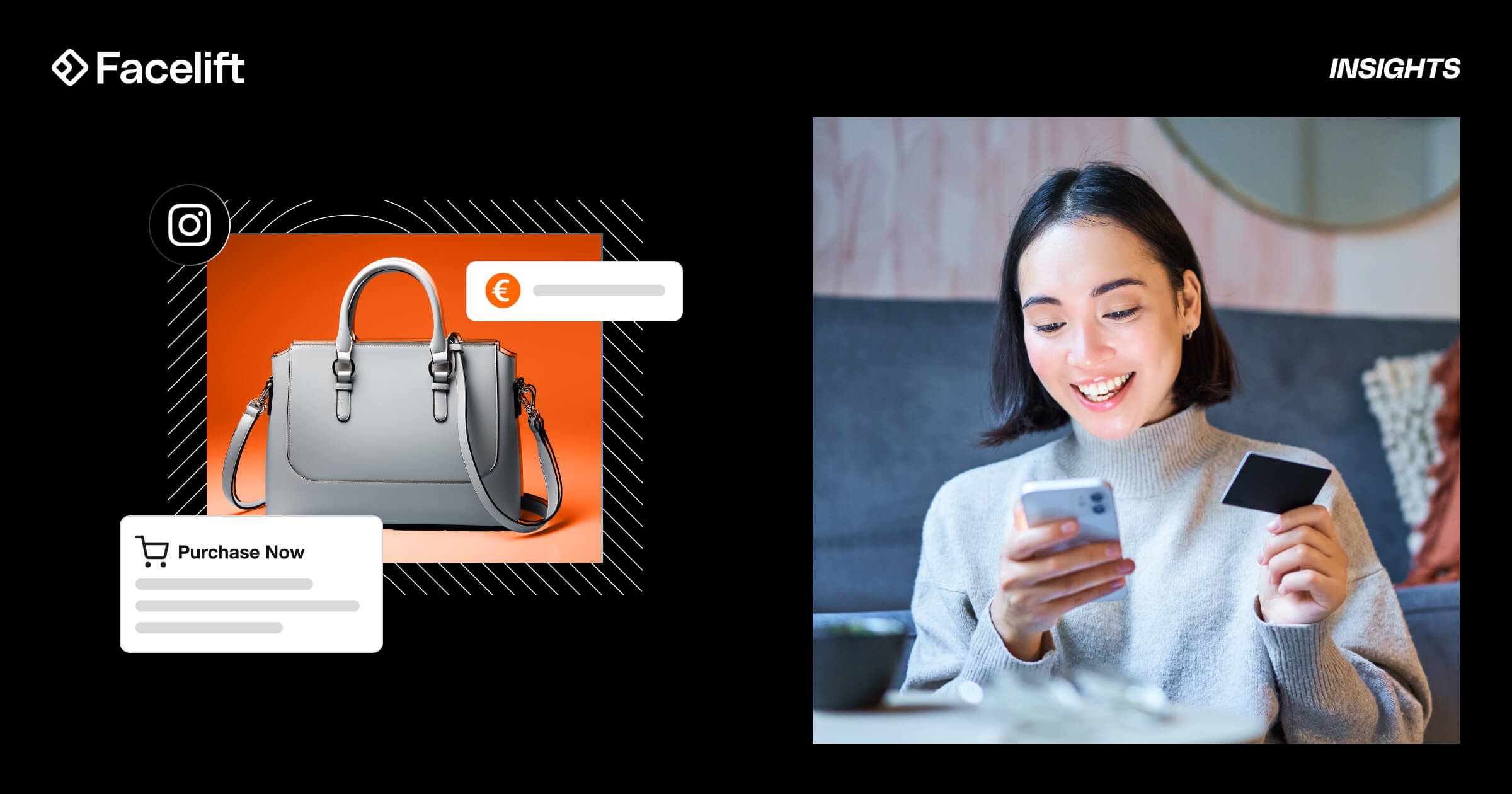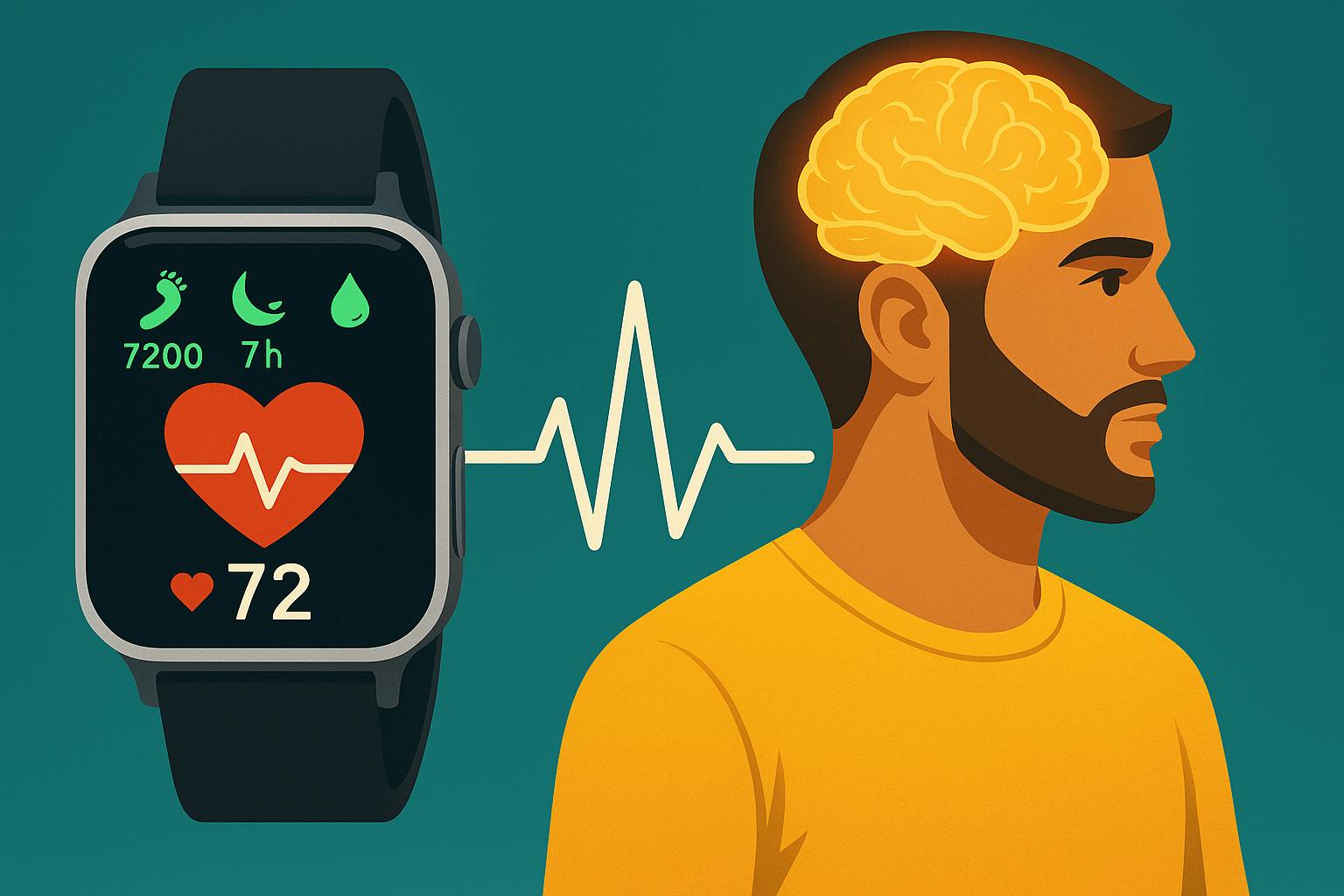Instagram has become much more than just a platform to share photos of your life. For brands, it’s a goldmine where casual scrolling can quickly become a shopping experience, as 83% of users now discover new products in-app.
Whether you’re a small business or an established brand, Instagram offers tools that make it easier than ever to engage audiences, turn followers into loyal customers, and sell products. With the right Instagram ecommerce strategy, you can leverage Instagram’s features to create a seamless shopping experience that keeps buyers coming back for more.
About Instagram Ecommerce in Brief
In recent years, Instagram has transformed from a photo-sharing app into a dynamic platform for ecommerce businesses. With over 2 billion monthly users worldwide, Instagram has become an essential tool for businesses looking to increase sales and connect with potential customers.
The platform’s unique visual appeal and interactive features allow brands to showcase products creatively, drive awareness, and, most importantly, shorten the buyer’s journey.
Through tools like product tags, stickers, and shoppable posts, businesses can streamline the shopping experience for users without them ever leaving the app.
But how do you make the most out of Instagram for ecommerce? Here’s a practical guide to help you turn your Instagram account into a revenue-driving storefront.
1. Shorten the Buyers’ Journey with Product Tags and Stickers
One of Instagram’s most powerful ecommerce tools is the ability to tag products directly in posts, Reels, and Stories. Product tags allow users to click on an item, view its details such as price and description, and purchase seamlessly without exiting Instagram. This removes friction in the shopping process and shortens the buyer’s journey.
In Instagram Stories, businesses can use shopping stickers to highlight products in an engaging way. For example, a clothing brand can use the Product Sticker to showcase a new collection while linking each piece directly to its product page. Users who see an item they love can simply tap on it to shop immediately.
Habbot
Australian shoe brand Habbot (@habbot) uses product tags to encourage customers to shop. Clicking on a product tag automatically redirects users to the brand’s Instagram storefront, where they can find more information and product photos.
Why It’s Important: Reducing steps to purchase increases the likelihood of sales because it keeps the experience seamless and user-friendly.
Pro tip: Use clear calls-to-action in your captions and stories like, “Tap to shop” or “Click to get yours today.” Make sure the product description is concise but detailed enough to inform buyers about key features, like material, price, and sizing.
2. Turn Your Profile into an Eye-Catching Storefront
Your Instagram profile is your digital storefront, often the first touchpoint where potential buyers form their impression of your brand. A polished, engaging profile can turn casual visitors into loyal customers, making it a crucial element in driving sales success. Make it count by turning your profile into a visually appealing, easy-to-navigate storefront.
- Optimize your Bio: Use your bio to clearly explain what you sell and include a link to your ecommerce store or product catalog. Ensure your bio has the right keywords so customers know what to expect the moment they land on your profile.
- Highlight key collections: Use Instagram Highlights to showcase popular products, customer testimonials, and FAQs.
- Curate a cohesive feed: Stick to a consistent aesthetic with high-quality images and videos that reflect your brand’s style. A well-curated yet relatable feed draws users in and keeps them engaged.
For inspiration, check out some popular retail brands that excel at turning their Instagram into mini storefronts. Skincare and makeup brands like Rhode (@rhode) are experts at creating a shoppable feed, with the perfect mix of high-fashion product shots, lifestyle videos, and relatable content.

Rhode
Pro tip: For creative effect, you can split up a single image into several images to create an eye-catching Instagram grid.
3. Assign Relevant Instagram Influencers Discount Codes
With 56% of people who buy products after seeing them on social media influencers, working with Instagram opinion leaders and creators has become one of the most effective strategies on Instagram for driving ecommerce sales. Partnering with influencers who align with your brand helps you reach new audiences and build trust quickly. By assigning unique discount codes to influencers, you can:
- Track their impact on sales
- Give their audience an incentive to buy
- Boost your brand’s visibility
When healthy snack brand LesserEvil wanted to find the right Instagram influencers for their campaign who can drive conversations, they turned to the influencer campaign management platform Popular Pays. With its Shopify integration, not only were they able to assign discount tracking codes to each selected influencer, but they also could track the results in one place. As a result, the brand was able to measure 733% ROI from its collaboration with one influencer alone.

One Crazed Foodie
Instagram now has Collaborative Posts, which posts the content on both the brand and the influencer’s feed. This is an excellent feature for small brands as this can boost its visibility and brand recognition.
Why it’s important: Influencers have built trust with their audiences, making their endorsements more impactful than traditional advertising.
Pro tip: Choose influencers whose followers align with your target audience’s demographics and interests. Use tools like Upfluence or AspireIQ to identify the right influencers for your brand.
4. Create Instagram Gift Guides
Gift guides are a fantastic way to inspire customers and drive holiday or seasonal sales. By curating themed gift guides on Instagram, you make it easier for users to discover relevant products.
- Create Carousel Posts: Feature multiple products tailored to specific occasions like Christmas, Valentine’s Day, or birthdays. Use captions like “Swipe through to find the perfect gift for Mom!” Include product names, prices, and a call-to-action in each slide.
- Use Instagram Reels: Create engaging video gift guides that showcase your products in action. For example, a fashion brand could feature styled outfits as part of a “Holiday Party Looks” guide.
- Pair Gift Guides with CTAs: Include clear calls-to-action like “Shop the perfect gift today!” or “Tap to see more.”
Singapore-based retail brand Beyond the Vines curated a Christmas gift guide to help customers shop for the different people in their lives. Similarly, you can create a gift guide based on the different buyer personas you are targeting.

Beyond the Vines
Why it’s important: Gift guides simplify decision-making for shoppers, helping them find the perfect product quickly and driving more sales.
Bonus tip: Add music or trending audio to your Reels to boost engagement.
5. Show Off Your Happy Customers on Instagram
With studies showing that 88% of people trust word of mouth combined with the decrease of trust in traditional advertising, social proof is a powerful driver of sales. In fact, user-generated content (UGC) and reviews can increase conversions by up to 161%, as shoppers are more likely to trust real-life testimonials and experiences.
Highlighting customer satisfaction on Instagram is an effective way to leverage this influence and encourage purchasing decisions. By showcasing UGC from happy customers, you build trust and encourage others to buy. Here’s how to do it:
- Feature Customer Photos: Repost photos of customers using your products. Tag them and thank them for their support.
- Highlight Testimonials: Share positive reviews and testimonials in Stories, Reels, or as carousel posts.
- Create Branded Hashtags: Encourage customers to use a specific hashtag when they post about your products. This not only boosts visibility but also helps you gather content for future promotions.
UGC is especially important for businesses that sell products that need to be tried before purchasing like food, skincare, or gadgets. Kitchenware and appliance brand Ninja is big on influencer-created and UGC content:

Ninja Kitchen
6. Leverage the Power of Impulse Buying
Instagram is designed for discovery, making it a perfect platform for impulse purchases. To capitalize on this, create content that sparks curiosity and encourages immediate action.
- Use Scarcity and Urgency: Highlight limited-time offers, flash sales, or exclusive drops with phrases like, “Limited stock” or “Offer ends soon!”
- Showcase Must-Have Products: Use Instagram Stories or Reels to highlight trending products or new arrivals.
- Add Shoppable Links: Ensure all impulse-buy posts include clickable product tags or links to make checkout seamless.
- Leverage Instagram Story’s Ephemeral Nature: Since Stories expire in 24 hours, it’s the perfect platform for triggering the fear of missing out (FOMO). For instance, if you want to create a successful print-on-demand store with the help of impulse buying on Instagram, you can repost images of your customers to Instagram Stories and offer new potential customers a time-limited discount.
7. Run Effective Instagram Ad Campaigns
Instagram Ads are a game-changer for ecommerce brands looking to scale their reach and drive targeted traffic. Here are the types of Instagram ads you can leverage:
- Shoppable Ads: Feature products with direct links for a streamlined shopping experience.
- Carousel Ads: Showcase multiple products or highlight different angles of a single item.
- Story Ads: Use full-screen ads with CTAs like “Shop Now” to encourage immediate clicks.
- Reels Ads: Create entertaining, high-energy video ads that seamlessly integrate into users’ feeds.
To maximize your ROI, use Instagram’s targeting tools to reach audiences based on demographics, interests, and behaviors. Or you can even make the most out of pay-per-call lead generation when you set up Instagram ad campaigns that aim at lead generation.. Always monitor your campaign performance and adjust your strategy as needed.
With the help of immersive Reels, fitness brand Sweaty Betty achieved a 90% increase on add-to-carts and a 30% decrease on cost per purchase.

If you want to make sure your Instagram ads achieve the goals, it’s also important to pay attention to the key Instagram ad metrics with advanced analytics tools. They offer marketing reporting templates and comprehensive dashboards to conveniently get insights on your ad campaigns in real time.
Conclusion
Instagram has become a powerful ecommerce platform that can transform your brand’s online presence and drive sales. It shortens the buyer’s journey considerably with shoppable features, and for businesses, it streamlines and facilitates collaboration with influencers. With these benefits and more, you can turn your Instagram account into a conversion machine.







